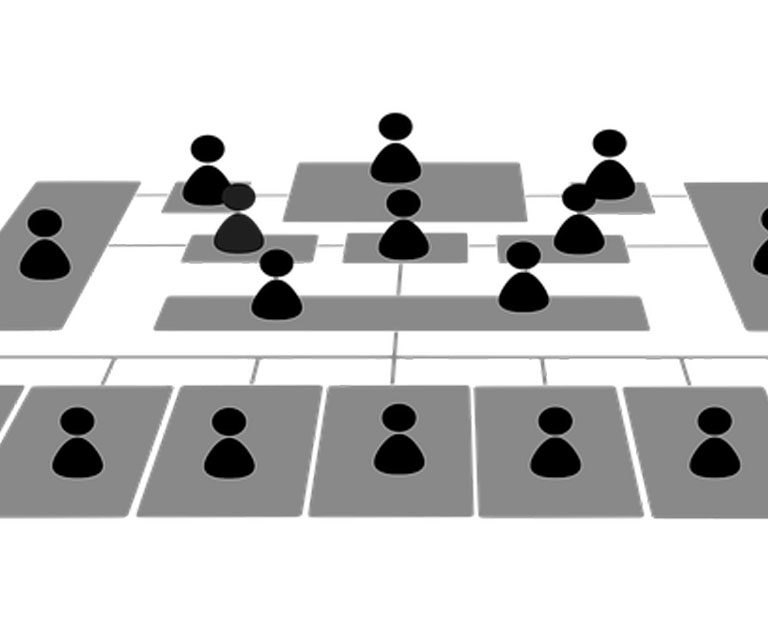The Importance of Cash Flow!
Cash flow is the movement of money into and out of your business. Cash flow is measured by comparing the inflow and outflows of money over a certain period. This is usually over a month or quarter. Sometimes it seems that the cash only flows one way, out, however it does flow both ways.

- Cash comes in when customers buy your products and services. If your customers don’t pay at the time of purchase your cashflow will be based on your accounts receivable dates.
- Cash flows out of your business for expenses such as rent, finance payments, and accounts payable.
It is important to have accounting software that allows you to look at and predict future cash flows. Cash based businesses have a lot of trouble keeping track of their cash flow, as they don’t receive many invoices so it is hard to create future predictions.
To make cash flow easy think of it as your business account over time. If you receive more money into the account than you spend then you have “positive cash flow”. If more money leaves your account than you have coming in then your account will become overdrawn and you will need to find money to repay the overdraft.
Lack of cash is one of the biggest reasons that small businesses fail.
When you start a business dealing with cash flow issues can be difficult as there can be large expenses to get started and you may not have any customers. You may require some funding help with lines of credit etc which we looked at in the last two articles on funding options.
If you have a seasonal business cash flow is particularly important as there will be large fluctuations in business during the year. You will need to be careful with spending outside of the busy seasons.
Managing Cashflow
- Control your inventory as having too much stock on hand ties up your cash. Have an inventory tracking app that will help you predict the required stock levels for various items and seasons.
- Ensure that you have an accounts receivable collections schedule. All systems should allow you to run accounts receivable reports to follow up on non-payers.
- Decide when it is best to end an unprofitable business relationship.
 Why cashflow forecasting is important
Why cashflow forecasting is important
Monitoring your cash flow once a month will help you to start spotting trends in your business’s cash inflows and outflows. Reviewing these past and present figures will help you to forecast future shortfalls before they happen so you can be prepared with a short term solution. It is easier to get help from a bank or alternative lender before your business is in trouble, if you wait till it is too late they may see your business as to great a risk.
Predicting cash flows isn’t all about the negative it can help you to decide when the best time will be to invest extra money into new equipment or company vehicles. Remember to always forecast in a bit of a buffer as you can’t guarantee that your customers will pay on time or exactly when a large piece of equipment will break down. Part of looking at your cashflow should be to review the risk and what effect an unexpected bill will have on your cash and your ability to pay your bills.
There are quite a few tools that you can use to help you build a cash flow forecast one of these is LivePlan which we looked at earlier in a spotlight on apps post. Another option is Floatapp which we will look at further in this weeks spotlight on apps post.
There are a few ways to improve your cash flow, these can include:
- Convince your customers to pay faster/on time
- Pay your bills slower/ negotiate longer payment terms
- Purchase less inventory/keep less stock on hand
- Chase bad debts and keep on top of accounts receivable
- Establish a line of credit to use when needed
- Use invoice factoring – Fundtap etc









One Comment
Comments are closed.